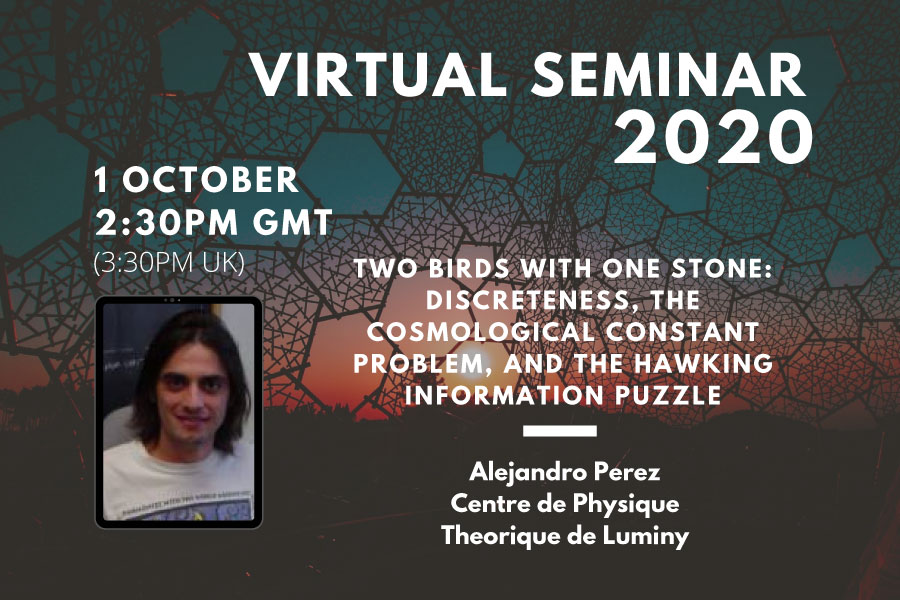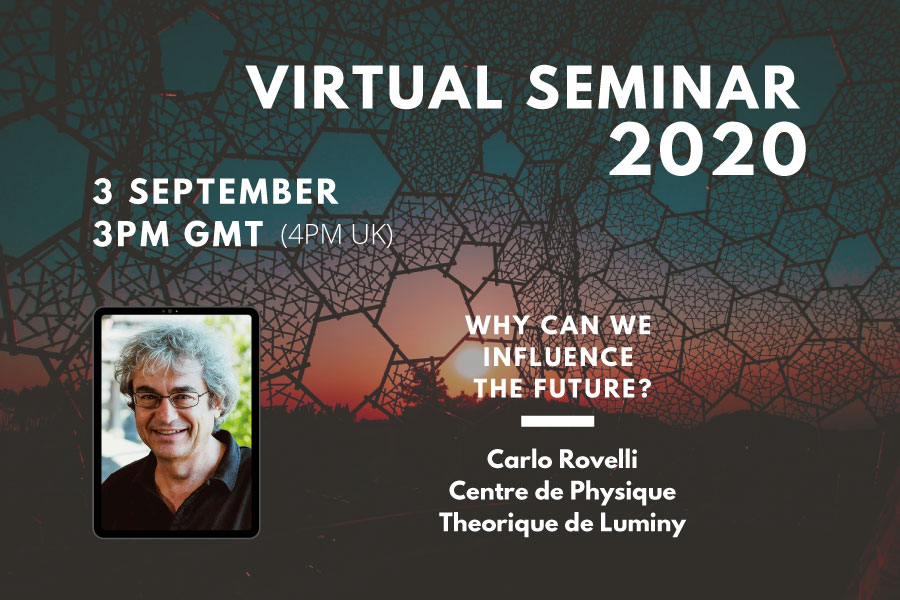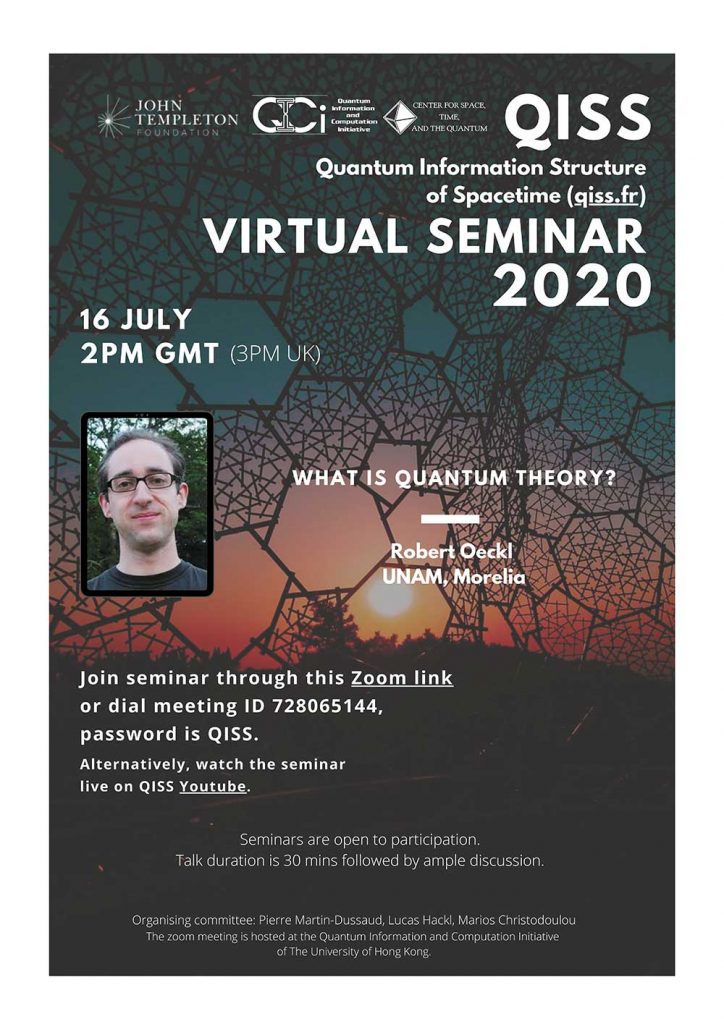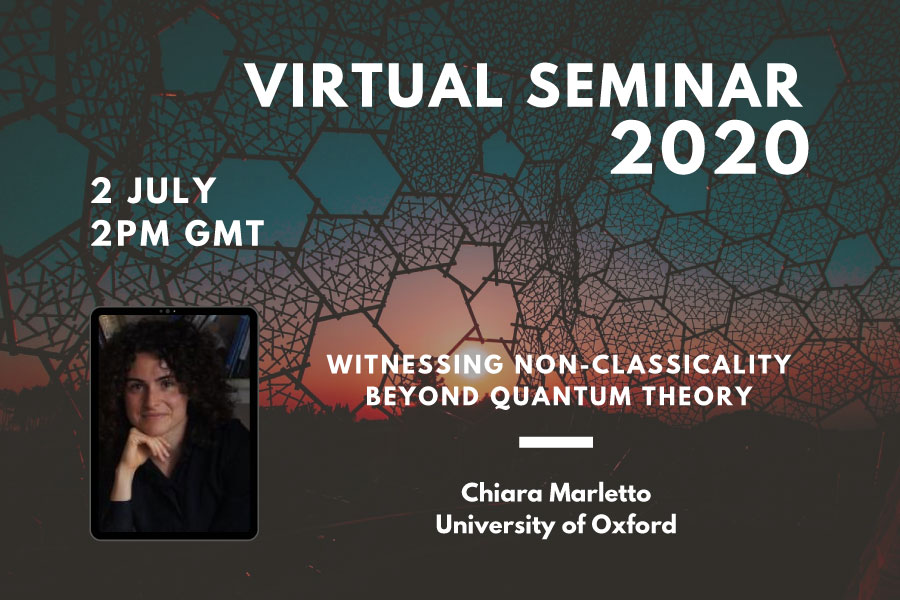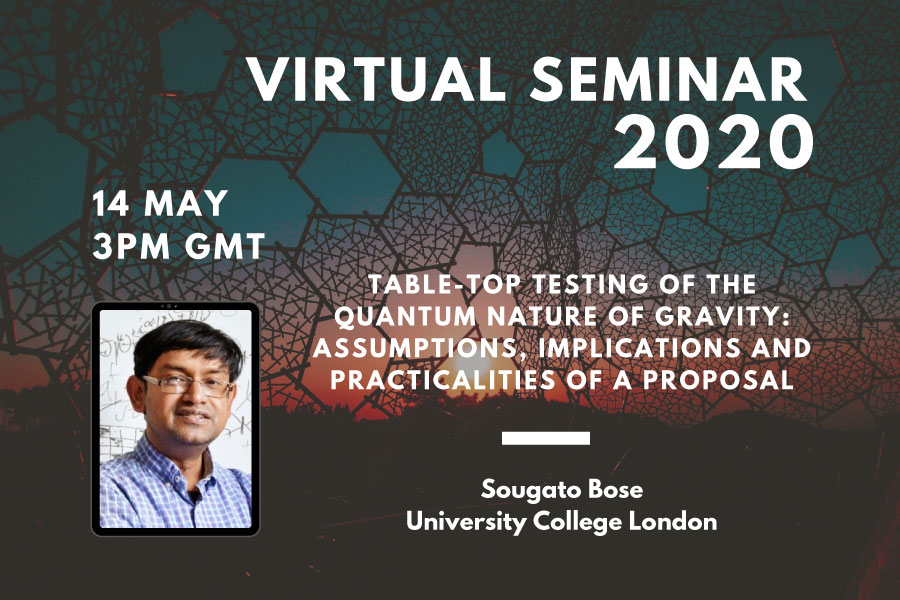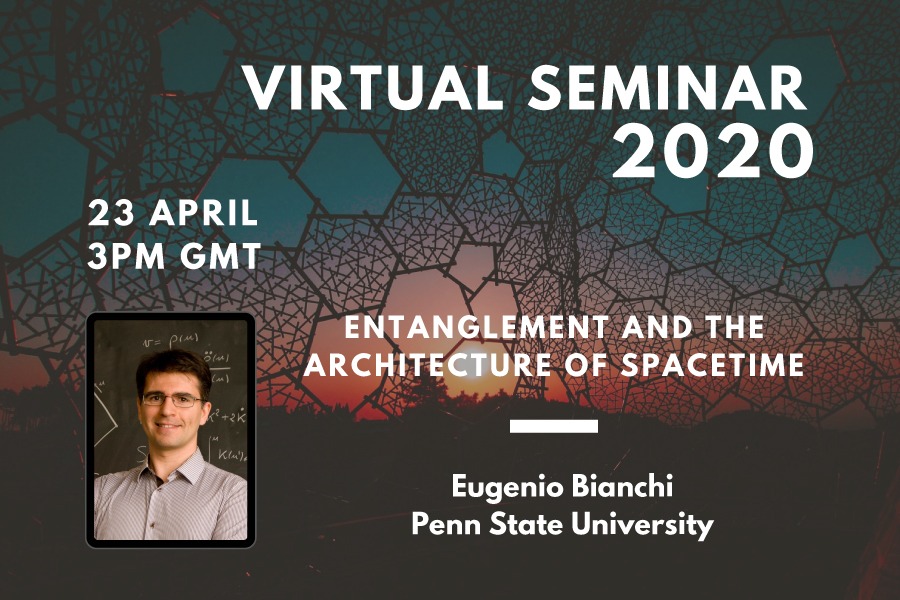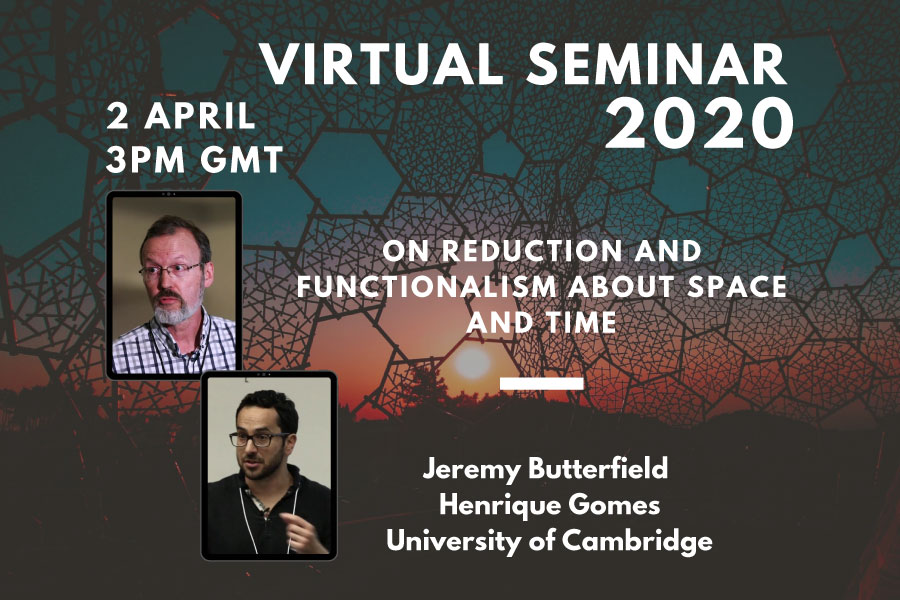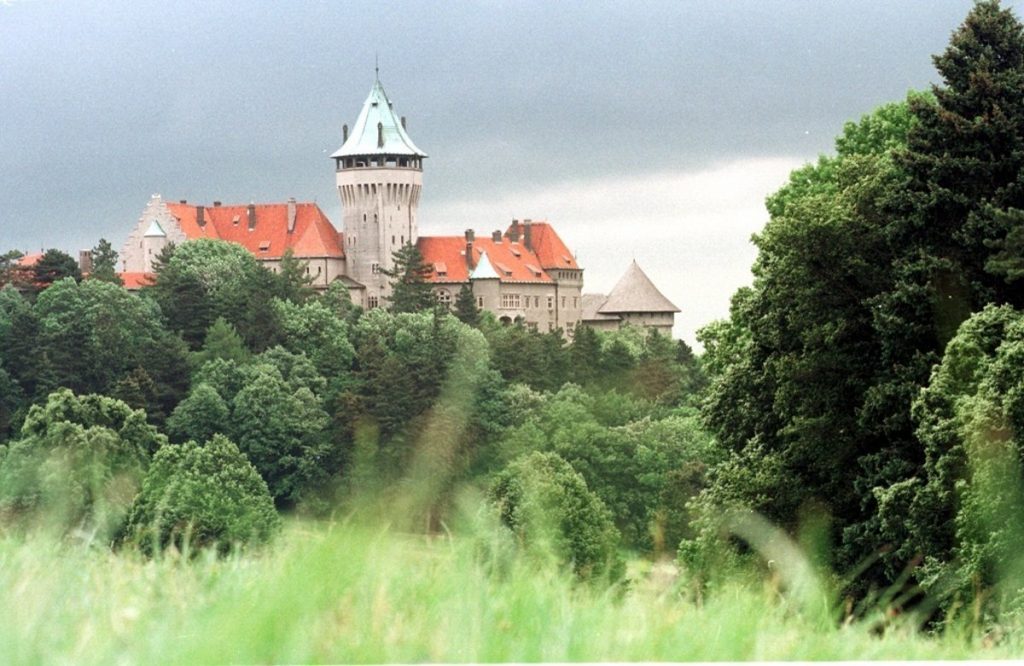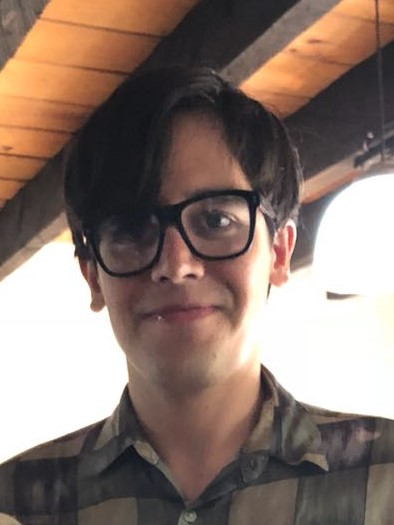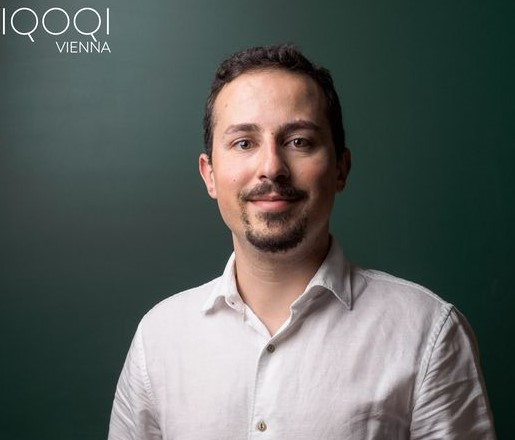Carlo Rovelli
Center for Theoretical Physics at Aix-Marseille University
Why can we influence the future?
Abstract: The two main components of the QISS community –quantum information and quantum gravity– have opposite views on the arrow of time. This is generally taken as foundational in the dominant instrumentalist approach of the fist; while is often considered to be only a contingent aspect of the macroworld in the second. I show how to reconcile the two perspectives. This requires two steps: a careful analysis of the arrow of implication; and an understanding of the physical source of the time orientation of the agent. A number of papers have recently addressed these issues offering a compelling solution to the apparent disagreement.
Chiara Marletto
University of Oxford
Witnessing non-classicality beyond quantum theory
Abstract: After briefly discussing constructor theory (a recently proposed generalisation of the quantum theory of computation), I will present the general argument that provides a robust theoretical underpinning for the recently proposed experiments to witness quantum effects in gravity.
Sougato Bose
University College London
A Table-top Testing of the Quantum Nature of Gravity: Assumptions, Implications and Practicalities of a Proposal
Abstract: A lack of empirical evidence has lead to a debate on whether gravity is a quantum entity. Motivated by this, I will present a feasible idea for such a test based on the principle that two objects cannot be entangled without a quantum mediator. I will show that despite the weakness of gravity, the phase evolution induced by the gravitational interaction of two micron size test masses in adjacent matter-wave interferometers can detectably entangle them even when they are placed far apart enough to keep Casimir-Polder forces at bay. A prescription for witnessing this entanglement, which certifies gravity as a quantum coherent mediator, is also provided and can be measured through simple spin correlations. Further, I clarify the assumptions underpinning the above proposal such as our reasonable definition of “classicality”, as well as the crucial aspect of the locality of physical interactions. The role of off-shell processes is also highlighted to clarify what the mediators actually are according to the standard theory of quantum gravity. How the experiment sits within relativistic quantum field theory is clarified. Lastly, a list of practical challenges are noted.
Eugenio Bianchi
Penn State University
Entanglement and the Architecture of Spacetime
Abstract: The quantum field vacuum is highly entangled, even in causally disconnected regions. In contrast, the state of a quantum geometry of space can be unentangled, resulting in an uncorrelated network of elementary quanta of space. In this talk I discuss how the architecture of spacetime emerges from entanglement between these elementary quanta. I will focus on loop quantum gravity, causal structures and the primordial universe.
Jeremy Butterfield and Henrique Gomes
University of Cambridge
On Reduction and Functionalism about Space and Time
Abstract: Various programmes and results in the philosophy/foundations of spacetime theories illustrate points about reduction and functionalism in general philosophy of science. I will focus on some programmes and results about how the physics of matter contributes to determining, or even determines, or even explains, chrono-geometry. I will say something about most of the following examples: the Helmholtz-Lie theorem on free mobility implying constant curvature; and in the philosophical literature, Robb (1914), and Mundy (1983). I also hope to mention from the physics literature: Barbour and Bertotti (1982), Hojman, Kuchar and Teitelboim (1976); Dull, Schuller et al. (2012, 2018); and Gomes & Shyam (2016: 1608.08236 = J. Math. Phys. 57, 112503).
QISS @ Bratislava, November 2018
The first meeting in the context of the QISS Initiative took place in November 2018 at the Congress center of the Slovak Academy of Sciences at Smolenice, about one hour from Bratislava. The opportunities for the cross fertilization of Quantum Computing and Quantum Gravity that were identified lead to the QISS grant by the John Templeton Foundation. Program …
